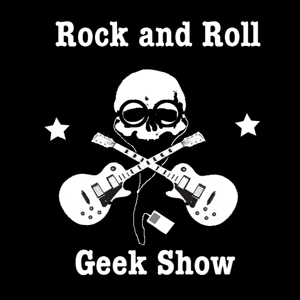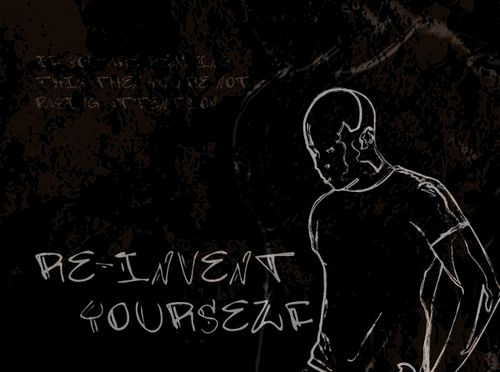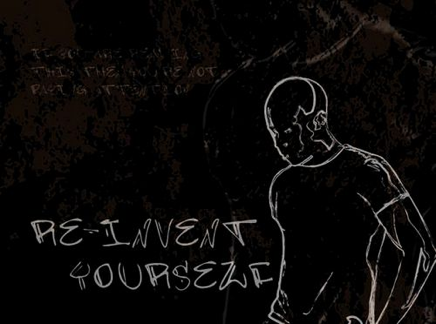Sex, Drugs and Rock & (what's next?)
 Sunday, April 20, 2008 at 9:50PM
Sunday, April 20, 2008 at 9:50PM 
In the 50's, 60’s and early 70’s Rock & Roll would shake up the music world. Its fervor defined the concepts of rebellion and a ‘counter-culture’ like no music genre before it. Regardless of whatever words you used to describe it, when you saw it, heard it or experienced it, you knew it. If you couldn't rock the stage with guitar riffs, make the women swoon, or piss parents off with your 'devil' music - hit the road jack. This wasn't for you.
As the years progressed three curious things happened.
1. In the early 80's a new subculture was bubbling in the ghettos of New York called Hip Hop, birthing its four elements: MCing (rapping), bombing/tagging (graffiti writing), b-boying (breakdancing) and DJing. Hip Hop's perspective on entrepreneurship, counterculture and music has gone on to influence the world over. It's a whole new world for business , culture and identity.
2. A hop, skip and a jump to 1999. For years the corporate suits were the gate keepers for the wider exposure of hip hop, rock & roll and pop (to name just a few genres). What, where, when, why and how were orchestrated and determined soley by the major record labels. Enter Napster - the leader of the first techno-head revolution. The ‘geekdom’ counterculture assault landed on the establishments front steps and the first hand-to-hand combat fights with the war-lords of the music industry had begun. The industry ‘virus’ known as a peer-to-peer file sharing system was released into the music world’s mainframe and the democratization of the music marketplace began its hostile takeover.
3. Around this same time a small handful of companies began flourishing. Ebay, Google, Napster and Amazon used the Internet as their weapon of choice to counter the 'establishment'. These major companies along with numerous others evolved and popularized the now addictive, and on many levels, the now necessary online world. These and other virtual companies would purposely or by default serve as conspiring agents alongside Napster as new online soldiers to change the battlefield/marketplace. previously ran for decades by the rules of the corporate mafias. These four online companies were only the beginning. The proliferation of other online businesses and internet services continues daily.
In 2008 the marketplace is no longer under the sole dominion of the corporations. Rock & Roll, Hip Hop and geekdom are merging into a new counterculture with the online world as its most powerful weapon. The Googles, Ebays and Facebooks of the world are rewriting the rules. The interesting thing today, though, is that the distinguishing line between the three-piece suits and the system buckers isn’t so clear anymore. New online ventures that hacked their way into the music ecosystem, fundamentally changing it, would be swiped up by larger conglomerates after their huge success in the market (i.e. MySpace and Youtube). Many unknowns, though, are carrying out successful day to day operations under the radar. Continuously reinventing the relationship of the triumvirate of the music labels, the market and the online world.
Other examples that the system is under hostile takeover. The 2007 June 28th Rolling Stone edition highlighted the staggering rise of online sales from 19.2 million in 2003 to 581 million in 2006. This year their January 24th edition discussed how since 2000 more than 5000 music-industry employees have lost their jobs. A month later their February 7th issue reported that record business sales were down 36% since 2000; A continuous downward spiral over the last 7 years. And this is only scratching the surface.
Alternative musical artists like NIN, Smashing Pumpkins and Radiohead have left their record labels to distribute their music directly to their fans online. Rock and Roll meets geekdom. Musical artist Saul Williams is one of the most innovative artists on the scene today, fusing hip hop, spoken word and rock. His latest album, The Inevitable Rise and Liberation of Niggy Tardust, was produced by Trent Reznor of NIN and offered online either free or for $5 to its first 100,000 purchasers.
Ladies and gentlemen the revolution will not be televised.
Companies like AmieStreet, CD Baby, iTunes, and Pandora are among a new class of online companies. Yet these are only a few. So if you choose, you will determine 'what's next' in the revolution. It could be just a URL away. These unique times are presenting opportunities to 'rock & roll' in the market like never before. So embrace your inner geek-rock star, and rock on baby, rock on!







